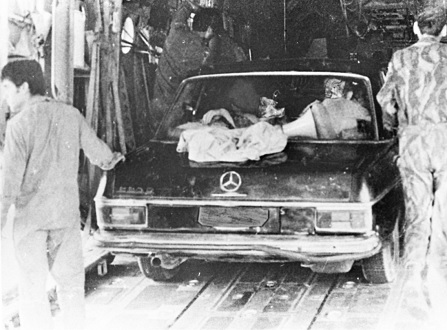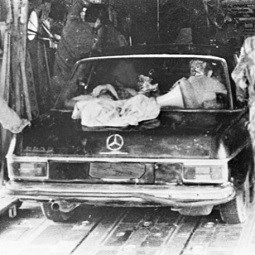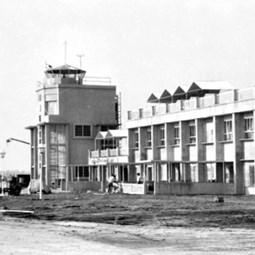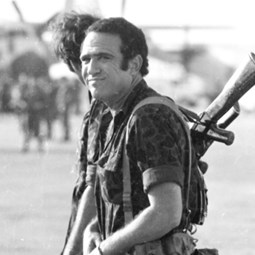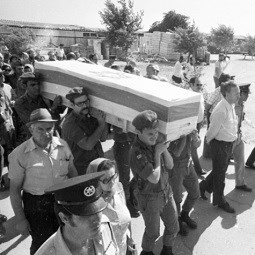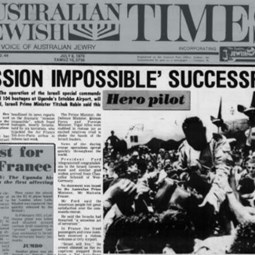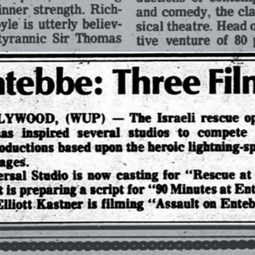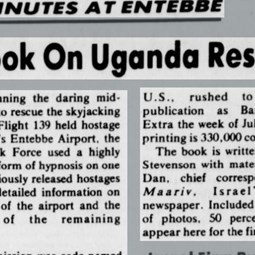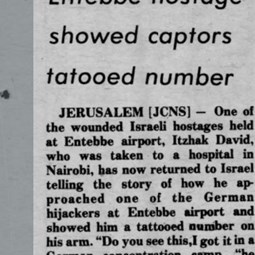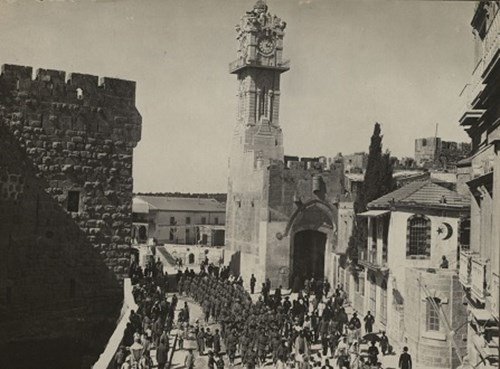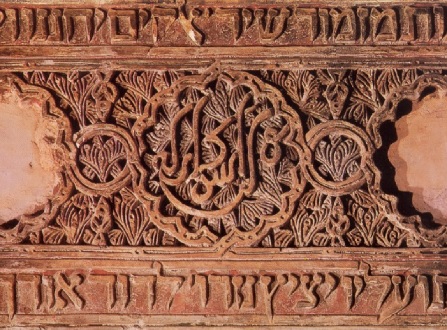Operation Entebbe (Operation Yonatan)
Operation Yonatan, also known as Operation Entebbe, Operation Thunderbolt or simply "the Entebbe Raid", was an Israel Defense Force (IDF) mission executed by the State of Israel in July 1976. Its objective was to rescue 117 hostages who had been abducted by terrorists and held in Uganda. The endeavor is considered one of Israel's boldest military operations, having a lasting impact on the state's image around the world. The mission was carried out more than 2,300 miles from Israel and concluded with the rescue of the hostages. During the operation four hostages were killed. Lt. Col. Yonatan (Yoni) Netanyahu, the commander of "Sayeret Matkal" (the General Staff Reconnaissance special forces unit), was killed in action. The mission was later renamed Operation Yonatan in his memory.
On June 27, 1976, an Air France flight carrying 248 passengers and 12 crew members was on its way from Ben-Gurion Airport to Paris when it was hijacked. During a layover in Athens, 4 terrorists boarded the plane, 2 of them Germans affiliated with the Revolutionary Cells, and 2 Arabs belonging to the Popular Front for the Liberation of Palestine – External Operations (PFLP-EO). Following takeoff, the terrorists commandeered the aircraft and diverted its route to Benghazi, Libya, where they refueled and 3 more terrorists joined. From Libya, the hijacked plane was directed to Uganda's main airport in Entebbe.
On June 29, the passengers who were not Jewish or Israeli were released. The remaining 105 Jewish and Israeli passengers were taken to a structure in the terminal. The terrorists offered the aircraft captain and crew to be released, but they chose to remain with the hostages. Uganda's president, Idi Amin Dada, supported the hijackers and acted as a go-between in negotiations with Israel. The terrorists presented an ultimatum demanding that 50 prisoners, most of them incarcerated in Israel, be released by July 1, or all of the hostages would be executed. The ultimatum's deadline was later extended to July 4.
Israel eventually approved a military mission aimed at freeing the hostages. The codename for the mission was Operation Thunderbolt. A week into the hijacking, on the night of July 4, 4 Israeli Air Force Hercules airplanes landed at the Entebbe airport. The forces were comprised of 176 Israeli soldiers and commanders from Sayeret Matkal, as well as the IDF's Paratrooper and Golani infantry Brigades. Part of the ploy involved the use of a Mercedes-Benz vehicle identical to one owned by Idi Amin. The vehicle was offloaded from the planes and then driven to the building where the hostages were being held. Yonatan Netanyahu was shot and killed when exchanges of fire with Ugandan soldiers erupted. The commotion neutralized the element of surprise and the soldiers proceeded on foot and seized command of the building, as the exchange of fire persisted.
3 hostages were killed during the mission and 6 wounded. A 75-year-old female passenger who had been sent to a local hospital before the rescue mission began was murdered after the raid on orders from Idi Amin. All 7 hijackers and approximately 20 Ugandan soldiers were killed in the operation. The hostages were transferred to an emergency evacuation aircraft, flown to Israel, and welcomed by an exhilarated crowd at Ben-Gurion Airport.
The National Library preserves many items relating to Operation Entebbe, including photographs, newspaper articles, books and more. These items provide insight into the decision-making processes of that critical week, in addition to emotional testimony from hostages and soldiers, domestic and global reactions in media reports as well as films produced about the events.

 Sign in with Google
Sign in with Google
 Sign in with Facebook
Sign in with Facebook
